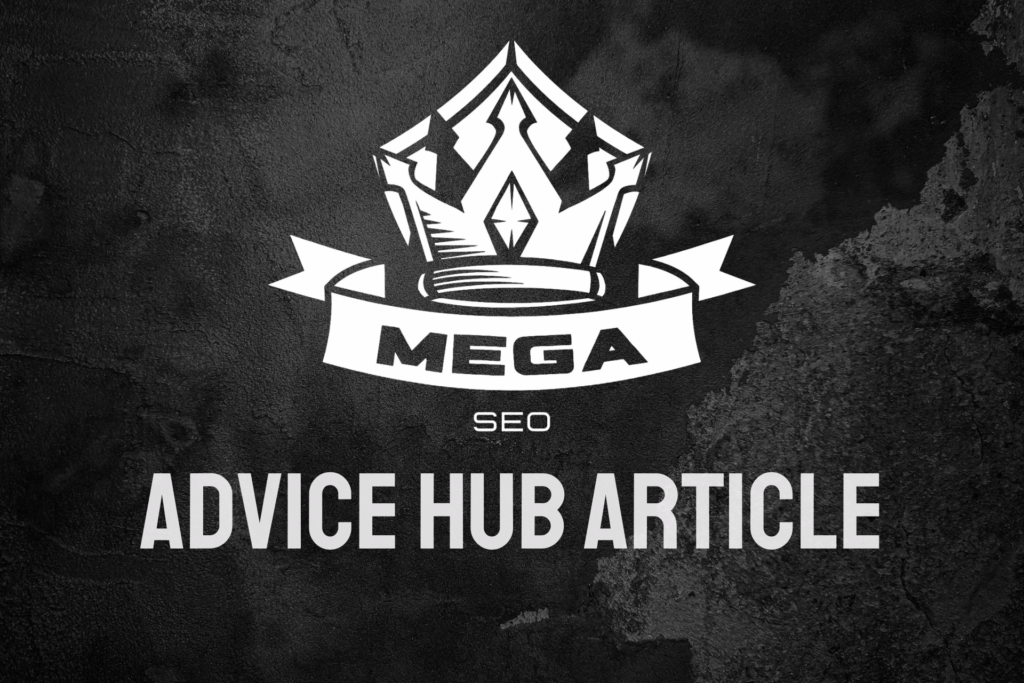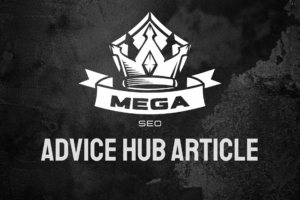Reducing bounce rate remains a critical factor for improving SEO performance and overall website effectiveness. When visitors quickly leave your site without engaging, it signals to search engines that your content may not be relevant or valuable. This comprehensive guide explores proven strategies to lower bounce rates, enhance user experience, and boost your SEO efforts.
What Is Bounce Rate and Why Does It Matter for SEO?
Bounce rate measures the percentage of visitors who land on a page of your website and leave without viewing any other pages or taking further action. A high bounce rate often indicates that users aren’t finding what they’re looking for or that your content isn’t engaging enough to keep them on your site.
Search engines like Google use bounce rate as one of many signals to assess the quality and relevance of your pages. A consistently high bounce rate can negatively impact your search rankings over time, as it suggests your content may not be meeting user needs effectively.
How Do You Calculate Bounce Rate?
To calculate bounce rate, divide the number of single-page sessions by the total number of sessions on your site. For example, if 100 people visit your site and 60 of them leave after viewing only one page, your bounce rate would be 60%.
It’s important to note that what constitutes a “good” bounce rate varies depending on your industry, type of content, and target audience. Generally, bounce rates between 26% to 40% are considered excellent, while rates between 41% to 55% are average. Anything above 70% typically indicates room for improvement.
What Factors Influence Bounce Rate?
Several factors can contribute to a high bounce rate:
- Slow Page Load Speed: Users expect pages to load quickly. If your site takes too long to load, visitors are likely to leave before engaging with your content.
- Poor Mobile Optimisation: With mobile traffic dominating internet usage, sites that aren’t mobile-friendly will struggle to retain visitors.
- Irrelevant or Low-Quality Content: If your content doesn’t match user intent or fails to provide value, visitors will quickly look elsewhere.
- Confusing Navigation: A poorly structured site makes it difficult for users to find what they’re looking for, leading to frustration and early exits.
- Intrusive Pop-ups or Ads: Excessive or poorly timed pop-ups can disrupt user experience and drive visitors away.
- Misleading Meta Descriptions or Titles: If your meta information doesn’t accurately represent your page content, users may feel misled and leave quickly.
How Can You Reduce Bounce Rate and Improve SEO?
Implementing the following strategies can help lower your bounce rate and enhance your SEO performance:
Improve Page Load Speed
Fast-loading pages are crucial for retaining visitors and improving SEO. Here are some ways to boost your site speed:
- Optimise images by compressing them and using appropriate file formats
- Minimise HTTP requests by combining files where possible
- Leverage browser caching to store static files locally on users’ devices
- Use a content delivery network (CDN) to serve assets from servers closer to users’ geographical locations
- Implement lazy loading for images and videos to prioritise above-the-fold content
- Minify CSS, JavaScript, and HTML to reduce file sizes
Regularly test your site speed using tools like Google PageSpeed Insights and make necessary optimisations to ensure quick load times across all devices. Consider implementing technical SEO best practices to further improve your site’s performance.
Enhance Mobile Responsiveness
With mobile traffic accounting for over half of all web traffic, ensuring your site performs well on smartphones and tablets is essential. Consider the following:
- Implement a responsive design that adapts to different screen sizes
- Use larger, easily tappable buttons and links for mobile users
- Optimise images and media for mobile devices to reduce load times
- Ensure text is readable without zooming on smaller screens
- Implement mobile-specific features like click-to-call buttons
- Consider using Accelerated Mobile Pages (AMP) for faster loading on mobile devices
Regularly test your site’s mobile performance using Google’s Mobile-Friendly Test tool and address any issues promptly. Implementing effective local SEO strategies can also help improve your mobile visibility for location-based searches.
Create High-Quality, Relevant Content
Producing valuable content that matches user intent is crucial for reducing bounce rates and improving SEO. Follow these guidelines:
- Conduct thorough keyword research to understand what your target audience is searching for
- Structure your content with clear headings, subheadings, and short paragraphs for easy scanning
- Use engaging multimedia elements like images, videos, and infographics to break up text and illustrate key points
- Ensure your content provides comprehensive answers to users’ questions or solves their problems effectively
- Incorporate user-generated content like reviews or testimonials to build trust and engagement
- Create content that encourages interaction, such as quizzes, polls, or interactive infographics
Remember to update your content regularly to keep it fresh and relevant. This not only helps reduce bounce rates but also signals to search engines that your site is actively maintained. Implementing strong on-page SEO practices can further enhance the effectiveness of your content.
Improve Site Navigation and Internal Linking
A well-structured site with intuitive navigation helps users find what they’re looking for quickly, encouraging them to explore more pages. Consider these tactics:
- Create a clear, logical menu structure that reflects your site’s hierarchy
- Use breadcrumbs to help users understand their location within your site
- Implement a search function to help visitors find specific content easily
- Include relevant internal links within your content to guide users to related pages
- Use descriptive anchor text for internal links to provide context
- Implement a site map to improve both user navigation and search engine crawling
By making it easy for visitors to navigate your site, you increase the likelihood of them engaging with multiple pages, thereby reducing bounce rate. Effective internal linking also helps distribute link equity throughout your site, benefiting your overall SEO efforts.
Optimise Meta Titles and Descriptions
Accurate and compelling meta information sets the right expectations for users clicking through from search results. To improve your meta elements:
- Write unique, descriptive titles for each page that accurately reflect the content
- Craft engaging meta descriptions that summarise the page’s content and include a call-to-action
- Ensure your meta information aligns with the user’s search intent to avoid misleading clicks
- Include relevant keywords naturally in both titles and descriptions
- Keep titles under 60 characters and descriptions under 160 characters to avoid truncation in search results
- Use schema markup to provide additional context to search engines and potentially enhance your search listings
Well-optimised meta elements not only help reduce bounce rates but can also improve click-through rates from search results pages. This is a crucial aspect of off-page SEO, as it affects how your site appears in search results and influences user behaviour before they even reach your site.
Implement Strategic Call-to-Actions (CTAs)
Effective CTAs guide users towards desired actions, encouraging them to engage further with your site. Consider these tips:
- Place clear, visually distinct CTAs in prominent locations on your pages
- Use action-oriented language that creates a sense of urgency or value
- Ensure your CTAs are relevant to the content on each page
- A/B test different CTA designs, placements, and copy to optimise performance
- Use contrasting colours to make CTAs stand out
- Consider using exit-intent popups with targeted CTAs to re-engage users before they leave
By providing clear next steps for visitors, you can reduce bounce rates and increase overall engagement with your site.
Leveraging Analytics to Track and Improve Bounce Rate
To effectively reduce bounce rate and improve SEO, it’s crucial to monitor your progress and make data-driven decisions. Google Analytics provides valuable insights into user behaviour and page performance. Here’s how to leverage analytics effectively:
- Set Up Goal Tracking: Define specific goals in Google Analytics to measure user engagement beyond simple pageviews. This could include actions like form submissions, video plays, or time spent on page.
- Analyse Bounce Rate by Page: Identify which pages have the highest bounce rates and prioritise them for optimisation.
- Segment Your Data: Look at bounce rates across different traffic sources, devices, and user demographics to identify patterns and tailor your optimisation efforts accordingly.
- Use Heatmaps and Session Recordings: Tools like Hotjar or Crazy Egg can provide visual representations of how users interact with your pages, helping you identify areas for improvement.
- Monitor Site Speed: Regularly check your site’s load times using tools like Google PageSpeed Insights and address any performance issues promptly.
- Track User Flow: Analyse the paths users take through your site to identify where they’re dropping off and optimise those areas.
By consistently analysing your data and making informed improvements, you can steadily reduce your bounce rate and enhance your SEO performance over time.
Partner with Mega SEO for Comprehensive Bounce Rate Reduction and SEO Success
Reducing bounce rate and improving SEO performance requires a multifaceted approach and ongoing effort. At Mega SEO, we specialise in developing tailored strategies to enhance your website’s performance and visibility. Our team of experts, based in Wigan, understands the unique challenges businesses face in today’s competitive online landscape.
We offer a comprehensive range of services designed to boost your SEO performance, from technical audits to content strategy development. Our approach focuses on creating a seamless user experience that not only reduces bounce rates but also drives meaningful engagement and conversions.
Ready to take your SEO efforts to the next level? Contact us today to learn how we can help you achieve sustainable SEO success and drive your business growth through improved online visibility and user engagement.


